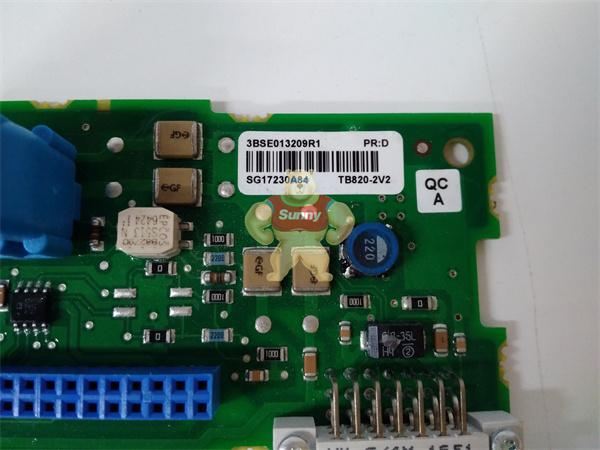Intelligent transformation, data governance, enterprise cloud…… When all walks of life are actively involved in the digital wave, industrial enterprises and intelligent manufacturing system manufacturers need to “accurately break” the problem is particularly many.
A system service provider with 17 years of experience in industrial software and flexible automation intelligent manufacturing technology, under the current situation of rapid growth of customers and demand, and increasing costs, it also has to face various heterogeneous data storage improper, and open up the problem of high data cost and low efficiency.
When it relies on an industrial data model drive engine to quickly build a new set of data management software, and establish an industrial data management and collaboration platform, so that the data is “visible”, “manageable” and “well used”, as if to create a “ladder”, only in 3 months to launch more than 40 industrial mechanism models, development efficiency increased by 2 times. Custom development was reduced by 70% and product integration efficiency increased by 90%.
This positive change has also been further transmitted to the company’s customers: through the application of a new supply chain management platform, a listed manufacturing enterprise in Guangdong Province served by the customer has increased the procurement efficiency by 2 times, the on-time arrival rate has increased from the average 20%-30% at the beginning of the line to 80%-90%, and the cost of outsourced labor travel has been reduced by 3/5.
At present, the global economic growth is slowing down, and the Chinese economy is also facing severe challenges. With the help of the Internet and digital technology, promoting industrial digital transformation and upgrading has become the only way for China’s economic development and industrial upgrading.
Explore the “source of living water” for high-quality industrial development
As the main body and growth engine of the national economy, the role of the “ballast stone” of the industrial economy has become increasingly prominent.
Data show that in 2022, the added value of industrial enterprises above designated size in the country increased by 3.6% year-on-year, of which the added value of manufacturing industry increased by 3% year-on-year. Manufacturing investment increased by 9.1% year on year, and the export delivery value of industrial enterprises increased by 5.5% year on year. The contribution rate of industry to economic growth reached 36%, a relatively high level in recent years. Industry contributed 1.1 percentage points to economic growth, of which manufacturing contributed 0.8 percentage points; The added value of the manufacturing industry accounted for 27.7% of GDP, an increase of 0.2 percentage points over the previous year.

TB820-2V2 3BSE013209R1

TB820-2V2 3BSE013209R1
Over the years, China has actively introduced relevant policies to promote the construction of the industrial Internet and the implementation of the “integration of the two”, and further promote the development of the digital transformation of industrial enterprises.
The “14th Five-Year Plan for Digital Economy Development” issued by The State Council in December 2021 clearly requires that by 2025, the digital economy will enter a period of comprehensive expansion, the added value of the core industries of the digital economy will account for 10% of GDP, the digital innovation leading development ability will be greatly improved, and the intelligence level will be significantly enhanced. It also clarified several key tasks such as optimizing and upgrading digital infrastructure and giving full play to the role of data elements.
The World Internet Development Report 2022 released at the World Internet Conference 2022 pointed out that today’s world has entered a development period of comprehensive digital transformation, and digital technology innovation is still a global strategic focus, and is a leading and key force to achieve innovation-driven productivity development.
The digital economy is becoming the “source of living water” for high-quality industrial development. The digital transformation of industrial enterprises has become an inevitable direction. However, it is not easy to really activate the “spring water” of digital transformation of industrial enterprises.
On the transformation road, more and more enterprises have realized that industrial software is the brain of intelligent manufacturing, and it is an indispensable basic tool for industrial upgrading. Because the foundation of China’s industrial software is relatively thin, the ecology is relatively weak, in the process of digital transformation of enterprises, software has become a “soft rib”.
From the perspective of supply sources, the current global supply of industrial software is about 54% from the United States, 40% from Europe, and only 6% from China. After years of development, the traditional foreign industrial software industry has mature core technology, rich industrial knowledge and data, and built an ecology with high barriers to entry. From the perspective of software form, the traditional industrial software based on stand-alone architecture also has problems such as high use threshold, high cost and long delivery cycle.
“At present, China is accelerating the transformation from a manufacturing power to a manufacturing power, as a key support for intelligent manufacturing, industrial software is of strategic importance to promote the transformation and upgrading of the manufacturing industry.” Li Peigen, academician of the Chinese Academy of Engineering, said in his keynote speech at the 2022 Industrial Software Conference that “Only by gathering the strength of all parties, refining core technologies, and solving key common problems in the industry can we cultivate more high-level industrial software products.”
In the face of the strategic significance and localization of industrial software, at the main forum of the “China 5G+ Industrial Internet Conference 2022”, Hu Houkun, rotating chairman of Huawei, called for giving full play to the advantages of the size of the Chinese market, and building a new model for faster development of industrial software through the collaboration of all parties in the ecology and the rapid iteration of applications.
 1 Year Warranty
1 Year Warranty





